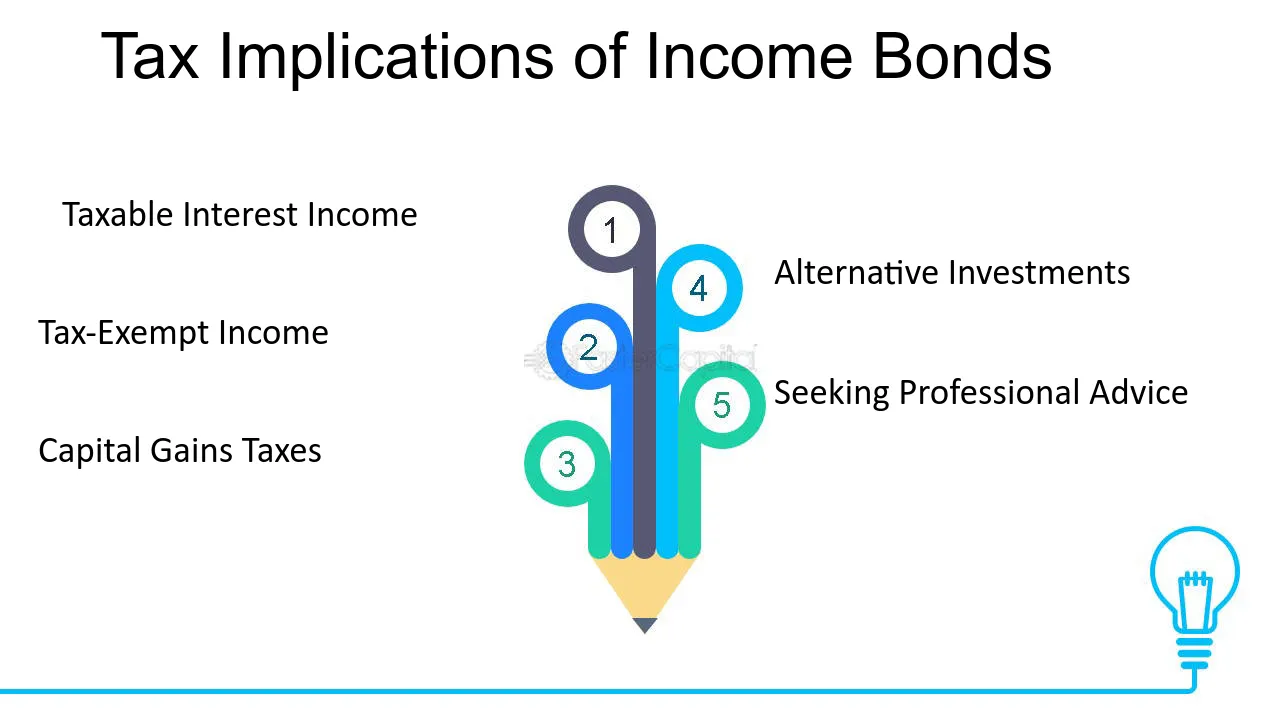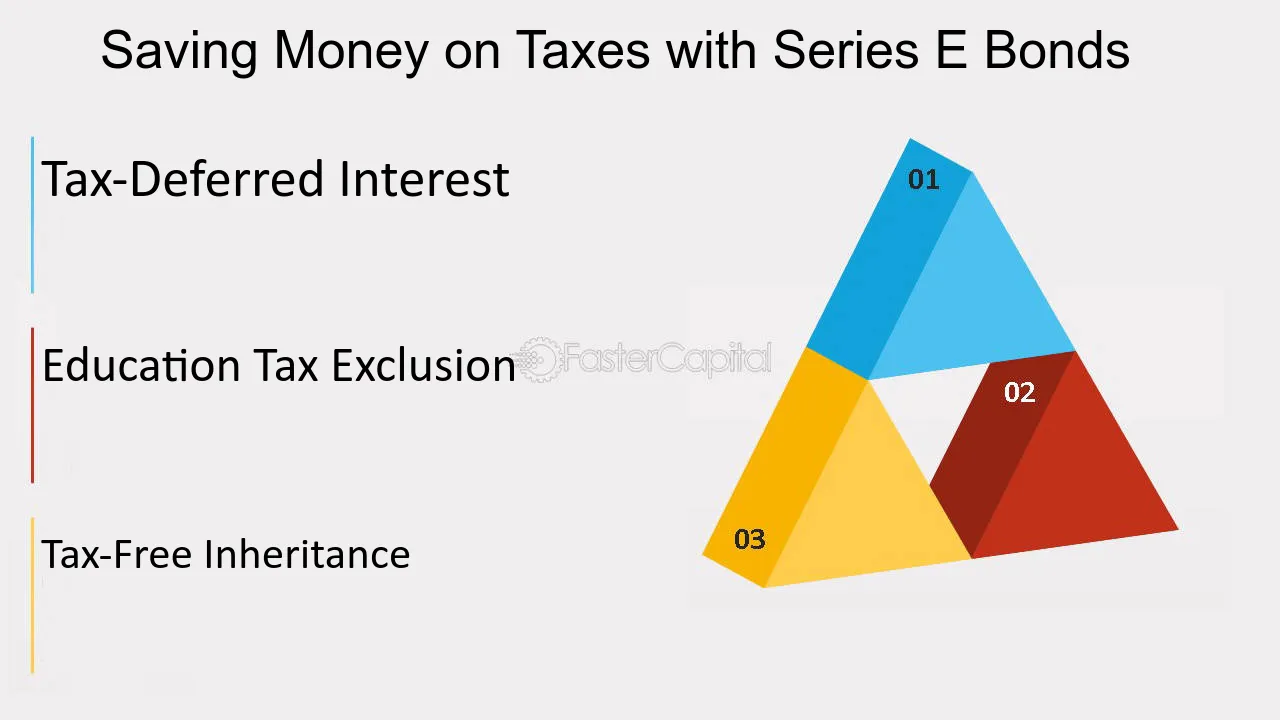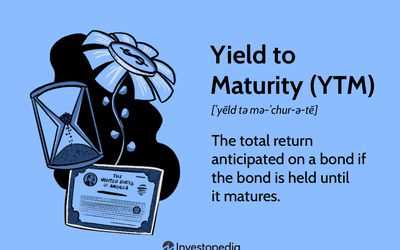What is a Bondholder?

A bondholder is an individual or entity that owns one or more bonds issued by a company or government. When you purchase a bond, you are essentially lending money to the issuer in exchange for regular interest payments and the return of the principal amount at maturity.
As a bondholder, you become a creditor of the issuer and have a legal claim on the issuer’s assets. This means that if the issuer defaults on its debt obligations, bondholders have a higher priority in receiving their money back compared to shareholders.
Bondholders can be individuals, institutional investors, or even other companies. They play a crucial role in the financial markets by providing capital to issuers and helping them fund their operations or projects.
| Benefits of being a bondholder: |
|---|
| 1. Regular income: Bondholders receive periodic interest payments, which can provide a steady stream of income. |
| 2. Diversification: Bonds can be used to diversify an investment portfolio, reducing overall risk. |
| 3. Capital preservation: Bonds are generally considered less risky than stocks, making them a popular choice for conservative investors. |
| 4. Fixed maturity date: Bonds have a predetermined maturity date, allowing investors to plan for future cash flows. |
| 5. Potential capital appreciation: Some bonds may increase in value over time, providing an opportunity for capital appreciation. |
Risks of Being a Bondholder
| Risk | Description |
|---|---|
| Interest Rate Risk | Changes in interest rates can affect the value of a bond. When interest rates rise, bond prices typically fall, and vice versa. This risk is especially relevant for fixed-rate bonds. |
| Default Risk | There is always a chance that the issuer of the bond may default on their payments. This risk is higher for bonds issued by less creditworthy entities. |
| Liquidity Risk | Bonds that are less liquid can be harder to sell at a fair price. This risk is more prevalent for bonds with lower trading volumes or those issued by smaller entities. |
| Reinvestment Risk | When a bond matures or a coupon payment is received, the investor may face the challenge of finding a suitable reinvestment opportunity with a similar yield. |
| Call Risk | Some bonds have call provisions that allow the issuer to redeem the bond before maturity. This can result in the investor receiving the principal earlier than expected, potentially at a less favorable interest rate. |
| Inflation Risk | Inflation erodes the purchasing power of future bond payments. If the interest rate on a bond does not keep pace with inflation, the investor may experience a decrease in real return. |
It is important for bondholders to carefully assess these risks and consider their risk tolerance before investing in bonds. Diversification and thorough research can help mitigate some of these risks and improve the overall risk-reward profile of a bond portfolio.
Risks of Being a Bondholder
| Risk | Description |
|---|---|
| Interest Rate Risk | Changes in interest rates can affect the value of bonds. When interest rates rise, bond prices tend to fall, and vice versa. This risk is particularly relevant for fixed-rate bonds. |
| Credit Risk | There is always a chance that the issuer of a bond may default on their payments. This risk is higher for bonds issued by companies or governments with lower credit ratings. |
| Reinvestment Risk | When a bond matures or its coupons are paid, the investor needs to find another investment opportunity. If interest rates have fallen, it may be challenging to find a similar investment with the same level of return. |
| Liquidity Risk | Some bonds may have limited liquidity, meaning that it can be difficult to sell them quickly without impacting their price. This risk is more relevant for bonds issued by smaller companies or with longer maturities. |
| Inflation Risk | Inflation erodes the purchasing power of future interest and principal payments. If the interest rate on a bond does not keep pace with inflation, the investor may experience a decrease in real returns. |
| Call Risk |
It is important to consider these risks and assess your risk tolerance before investing in bonds. Diversifying your bond portfolio and conducting thorough research on the issuers can help mitigate some of these risks.
Rewards of Being a Bondholder
Being a bondholder comes with several rewards that make it an attractive investment option. Here are some of the key rewards:
| 1. Regular Income: | One of the main rewards of being a bondholder is the regular income generated through interest payments. Bonds typically pay interest semi-annually or annually, providing bondholders with a predictable stream of income. |
| 2. Fixed Returns: | Bonds offer fixed returns, meaning that the interest rate is predetermined and does not fluctuate with market conditions. This provides bondholders with a level of certainty and stability in their investment returns. |
| 3. Diversification: | Bonds can be an effective tool for diversifying an investment portfolio. By including bonds in a portfolio that also contains stocks and other assets, investors can reduce their overall risk and potentially enhance their returns. |
| 4. Capital Preservation: | Some bonds, such as government bonds, are considered to be relatively low-risk investments. These bonds provide bondholders with the opportunity to preserve their capital while still earning a reasonable return. |
| 5. Liquidity: | Many bonds are traded on public exchanges, making them relatively liquid investments. This means that bondholders can easily buy or sell their bonds if they need access to their invested capital. |
| 6. Tax Advantages: | In some cases, certain types of bonds offer tax advantages to bondholders. For example, municipal bonds issued by state or local governments often provide tax-free interest income, making them attractive to investors in higher tax brackets. |
Overall, being a bondholder can provide investors with a steady income stream, stability, diversification, capital preservation, liquidity, and potential tax advantages. These rewards make bonds an important asset class to consider when building an investment portfolio.
Benefits of Investing in Bonds

Investing in bonds can offer several benefits to bondholders. Here are some key advantages:
1. Regular Income

2. Diversification
Bonds can be an important component of a diversified investment portfolio. They tend to have a lower level of volatility compared to stocks, which can help reduce overall portfolio risk. By including bonds in your investment mix, you can potentially achieve a more balanced and stable portfolio.
3. Preservation of Capital
Bonds are generally considered less risky than stocks. When you invest in bonds, you are essentially lending money to the issuer, such as a government or corporation, in exchange for regular interest payments and the return of your principal investment at maturity. This can provide a level of capital preservation and stability, particularly for conservative investors.
4. Potential for Capital Appreciation
While bonds are primarily income-generating investments, they can also offer the potential for capital appreciation. If interest rates decline after you purchase a bond, its market value may increase, allowing you to sell it at a higher price than what you paid. This can result in a capital gain in addition to the regular interest income.
5. Tax Advantages
Depending on the type of bond and your tax situation, investing in bonds can offer certain tax advantages. For example, municipal bonds issued by state or local governments are often exempt from federal income taxes and may be exempt from state and local taxes as well. This can help you keep more of your investment returns.

Emily Bibb simplifies finance through bestselling books and articles, bridging complex concepts for everyday understanding. Engaging audiences via social media, she shares insights for financial success. Active in seminars and philanthropy, Bibb aims to create a more financially informed society, driven by her passion for empowering others.
